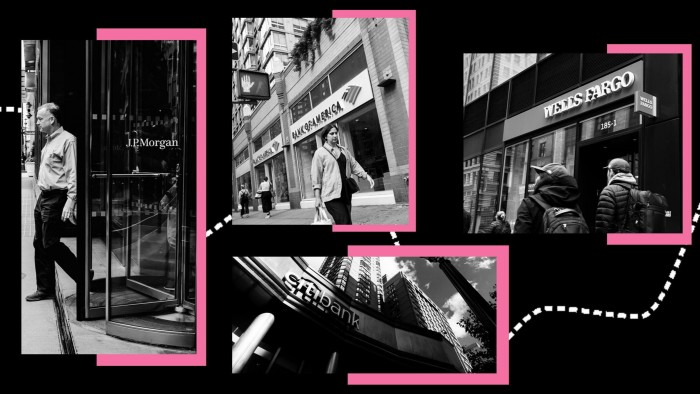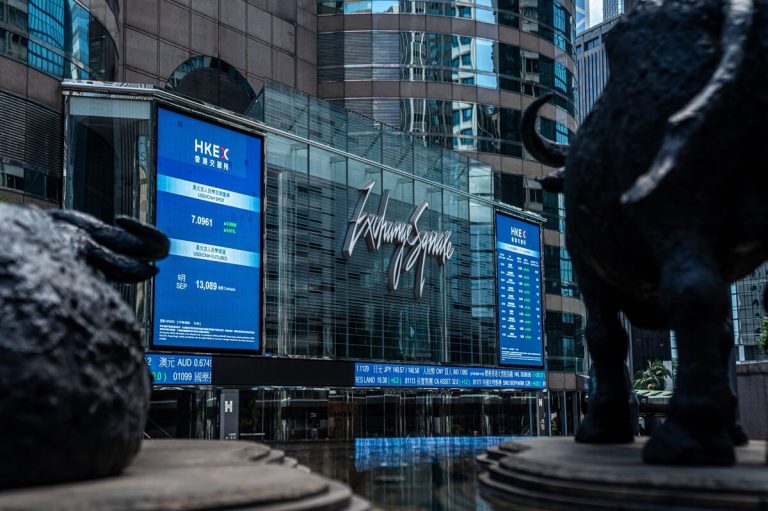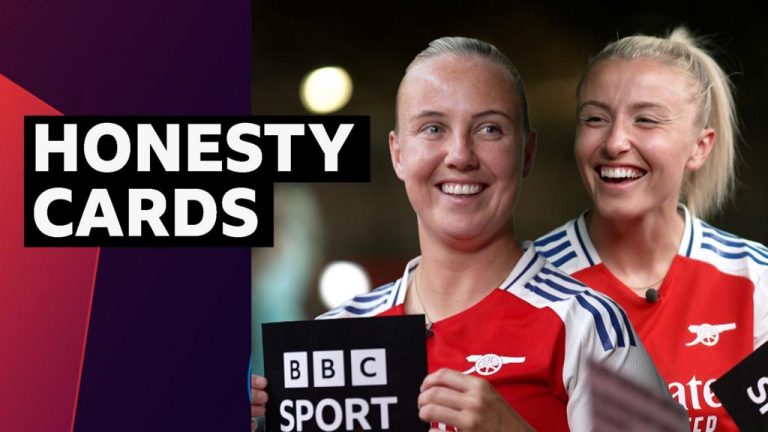Stay informed with free updates
Simply sign up to the US banks myFT Digest — delivered directly to your inbox.
The four biggest US banks are on course to capture their largest share of the industry’s profits in almost a decade, a sign of how they are consolidating their dominant market position.
JPMorgan Chase, Bank of America, Citigroup and Wells Fargo, the four largest US banks by deposits and assets, collectively reported about $88bn in profits in the first nine months of 2024, according to Financial Times calculations based on figures from industry tracker BankRegData.
Together they account for 44 per cent of the US banking industry’s profits — the highest share for the first nine months of the year since 2015 — despite the pool taking in more than 4,000 of the country’s other banks.
Including US Bank, PNC and Truist, the seven largest banks by deposits generated almost 56 per cent of all banking profits in the first nine months of the year, up from 48 per cent for the same period in 2023.
JPMorgan, BofA, Citi, Wells, US Bank and Truist declined to comment. PNC did not respond to requests for comment.
The data come from earnings reported to the Federal Deposit Insurance Corporation, a banking regulator, and only relate to profits reported by the US banking entities.
Banks can also include different businesses within the data they report, and larger banks such as JPMorgan and BofA include earnings from investment banking and trading where many smaller banks do not compete.
While the figures do not perfectly match with the earnings the banks report to investors, they demonstrate the increasing importance of size in the banking industry as it grapples with higher regularity, technology, marketing and operational costs. Larger businesses can spread these costs over more customers.
“Once you get much below the biggest banks, then it does become really hard to make the necessary investments and have the same name recognition,” said Oppenheimer banking analyst Chris Kotowski.
“We’re a very mobile society, especially since Covid. Lots of people that move from New York to Florida for example, do you really need to have a different bank in Florida than you do in New York?”
The US has an unusually fragmented banking system, in large part because consolidation was delayed by restrictions on interstate banking that were only lifted in the 1980s.
The dominant positions of the biggest US banks has fed calls for more consolidation among smaller banks to better compete.
Dealmaking has slowed in recent years, however there are hopes that the incoming Trump administration could adopt a more permissive policy.
Bob Diamond, the former head of Barclays who now runs an investment firm, told the Financial Times earlier in December he believed the number of US banks could more than halve in the next three years.
But big banks’ main competitors are increasingly non-banks, including private credit firms, which offer banklike services.
Financial institutions such as Apollo, Affirm and Rocket Mortgage have become increasingly influential lenders to corporations, homebuyers and consumers, though this lending is often financed by banks.
In the mortgage market, non-bank companies now manage more than half of US home loans compared with 11 per cent in 2011.
In his annual shareholder letter, JPMorgan chief executive Jamie Dimon called out tech giant Apple as “effectively” acting as a bank by holding, moving and lending money.





























+ There are no comments
Add yours